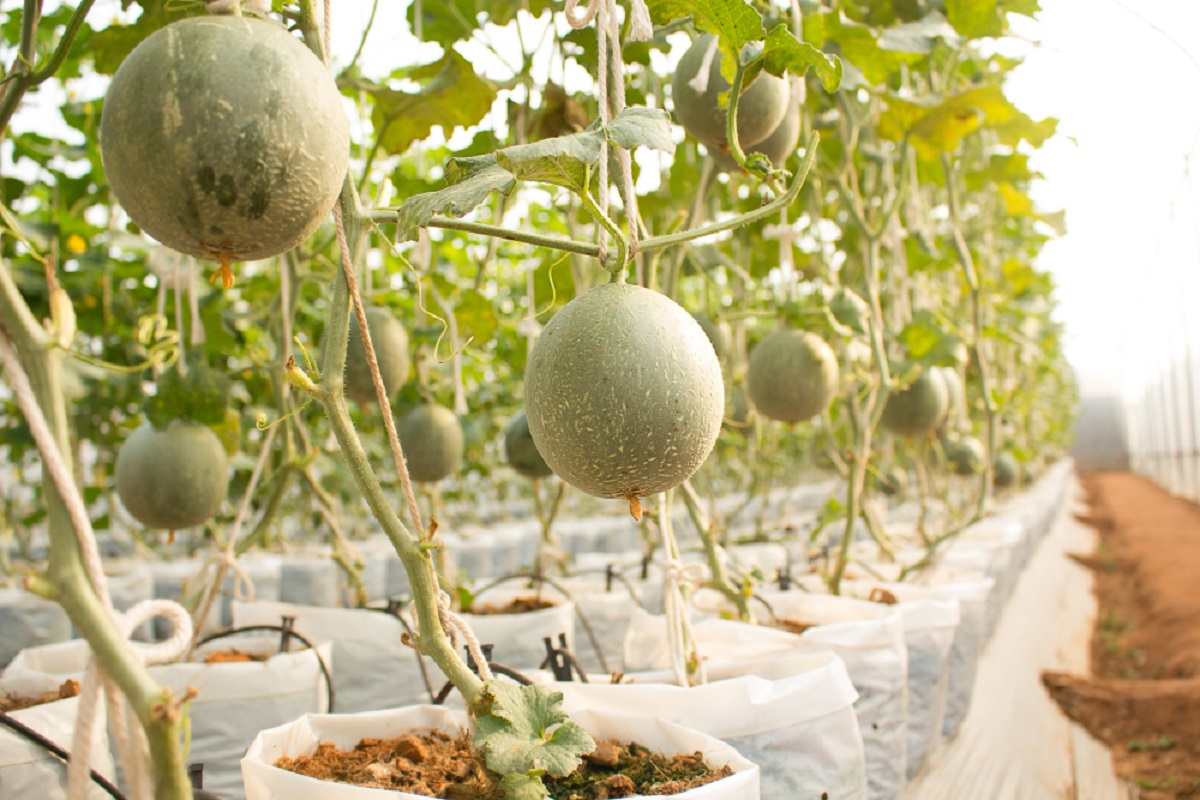Growing your own melon may seem like a daunting task, but with the right guide, it becomes child’s play. In this article, we offer a step-by-step guide to sowing and growing melon efficiently.
Whether you’re a beginner or an experienced gardener, these practical tips will help you get juicy, tasty fruit straight into your garden. From soil preparation to harvesting, discover how to maximize your chances of success. So, ready to take up the challenge and enjoy fresh melons all summer long? Dive into our complete guide to everything you need to know about growing melons.
Guide to preparing melon seedlings
Preparing melon seedlings requires special care. Seeds can be sown up to April provided that temperatures do not fall below 15°C. The choice of potting soil is crucial: a mixture of compost and garden soil can be used, but beware of residual squash seeds.
Seedlings are sown in cups with three seeds buried 1 cm deep. After sowing, the cups should be placed close to a strong light source. Once the plants have developed 3 to 4 true leaves, only one plant should be kept.

Transplanting techniques and plant density
Transplanting is a crucial stage which involves 6 to 8 weeks after sowing generally after May 15. The young shoots are transplanted into the ground. The remaining plants can be moved, provided that their roots are not damaged.
For direct sowing in the ground from May or June, opt for a packet of three seeds protected by a bell or transparent cover. Beware, however, of slugs, which are fond of these young shoots!
It’s also important to note that melon-growing is not limited to the Charente region. There are a multitude of varieties to discover and grow according to your taste and climate preferences.
Variety selection and disease management
In addition to the Charentais, melons offer a diversity of varieties adapted to different climates and tastes. Among the most popular varieties are Cantaloup, renowned for its sweet, fragrant flesh, as well as Galia with a slightly more exotic taste. Gardeners can also opt for more disease-resistant varieties, such as Petit Gris de Rennes melon known for its robustness against mildew attacks.
Speaking of diseases, melon cultivation requires constant monitoring to prevent infestation. Melon’s main enemies are mildew, root rot and powdery mildew.
To avoid these problems, it is advisable to adopt preventive cultural practices such as aeration of foliage, foot watering without wetting the leaves, and applying biological treatments in case of infection.

